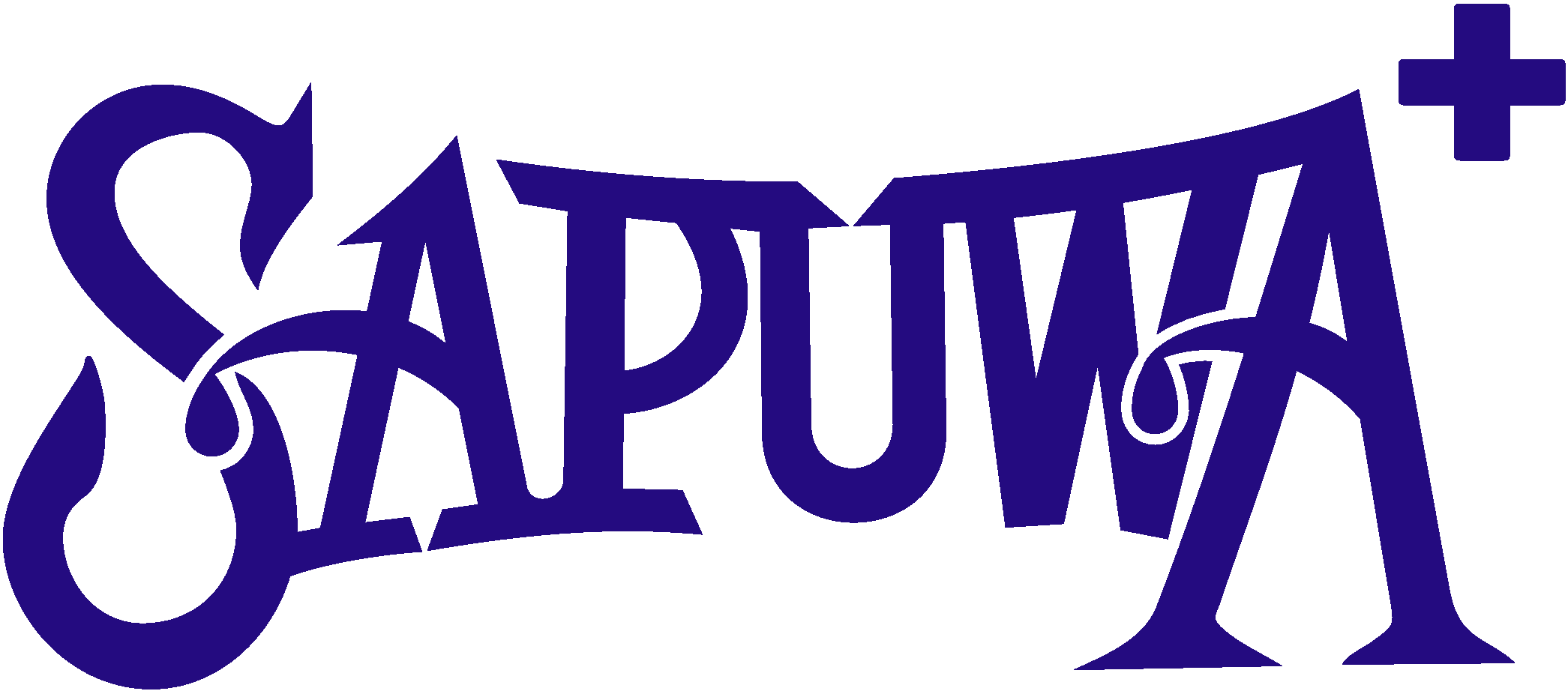Which business model is best to choose for your online startup?
Choosing a business model that is best for your online startup is similar to choosing which girl to ask to your high-school prom. Any business model might work (i.e. she might say yes) and you can certainly try any of them (i.e. you can ask any girl), but finding the one that works best for you is a difficult task. What is right for you in the business model/prom date equation might not be what is right for similar businesses/your friends, so use the information below to determine the best business model for your company and then adapt this information to suit your companies’ specific needs.
Price per user or price per copy model
What is it? Users pay for a product or a lifetime subscription to your service.
Examples: Microsoft Office, Iphone premium apps
Advantages: This is a great way to bring in revenue if you are planning to access markets with large customer bases (i.e. if you want to sell subscriptions to businesses for each of their employees).
Disadvantages: It is hard to get a steady stream of revenue using a price per user/copy model unless your service has a large and constantly expanding user-base or unless you’re willing to keep developing new versions of your product to sell to repeat customers.
Tips:
Focus marketing on companies that are willing to buy your product for many of their employees.
Reaching unique users is often not cost-effective in a price per user/copy model, so determine a goal number of users and then pursue that number through B2B or large-scale marketing.
Ecommerce model
What is it? A site that facilitates the buying and selling of products and/or services. There are numerous different types of Ecommerce sites. Check some of them out here: TheMyndSet. The revenue of ecommerce sites generally comes from a share of the product/service being sold.
Examples: Amazon, Louis Vuitton, LegalZoom.com
Advantages: You can try to corner a marketplace (either vertically- like Zappos did with shoes or horizontally- like Ebay did with selling used goods) or you can provide a forum for selling your products/services.
Disadvantages: There is not much profitability information available online regarding ecommerce sites, so it is somewhat uncharted territory, but it is clear that without a large user-base it is tough to run an effective ecommerce site.
Tips:
Decide exactly what you want to sell and stick to it.
Specialization will endear you to your customers and will allow you to market more effectively.
Focus on marketing first. Cornering a market will benefit your company more in the long-run than monetizing as quickly as possible.
Advertising model
Examples: Twitter, Google
What is it? A site that makes its money off of paid advertisements.
Advantages: Because this is an asymmetric business model (i.e. your main user base is not expected to pay for your service), it can be easier to get and retain users.
Disadvantages: Unless your user-base is huge, advertisers will likely not pay much to get their ads on your site. Buzzfeed has done a great job at utilizing native ads, but even so, they are probably only getting less than a cent for each click that they send to their sponsors’ sites.
Tips:
Focus first on getting a large and loyal user base bef0re trying to profit via ads.
Make your ads as desirable and unobtrusive as possible. Nothing will lose you users more quickly than ads that cover your content, play music automatically or otherwise disrupt the user experience.
Subscription model
Examples: Amazon Prime, Adobe, Netflix
What is it? The subscription model consists in a monthly or yearly charge for the services that customers use.
Advantages: This allows companies to predict their future earnings and to rely on a steady stream of revenue. It also allows companies to have a flexible pricing system in which they can offer new customers one month free (for example) and in that way they can lure in new customers.
Disadvantages: Venturebeat has a great article about the challenges of choosing a subscription model: VentureBeat, but if you don’t want to read that, know that subscription models can lead to difficulties with pricing your products correctly, maintaining data on that pricing and collecting payments from all your customers.
Tips:
You have to have great customer service to maintain an effective subscription model. It costs 9 times more for an average company to get new customers than to retain old ones, so make sure to treat your current customers well.
Track data on your pricing model and maintain constant contact with your users at least at first. It is tough to change your pricing model too often (Amazon did it last week to much dismay), so you need to be absolutely sure it needs to be changed before you choose to do so.
Freemium model
Examples: Dropbox, Pandora, Skype
What is it? This is a pricing model in which the initial service is free but upgrades, advanced features and/or virtual goods cost money.
Advantages: This is a great way to get customers to engage with your product. As the CEO of Dropbox said, “The fact was that Dropbox was offering a product that people didn’t know they needed until they tried.” Use a freemium model to draw in new customers, just make sure that the premium version of your product is worth it.
Disadvantages: Having a free product makes customers think that there is nothing to lose in trying your product, but it can also lead them to think that your product does not have inherent value. Make sure to account for how few users (as a percentage of total users) will want to pay for your premium model in your revenue predictions.
Tips:
Figure out a way to make money from free users. Examples of how to do this are Pandora which plays ads or Dropbox which gets market share and free advertising from its free users.
Incentivize users to share your product (because the bigger your user-base, the more paying users you will have), by providing a great product that people want to use with others (like Skype or LinkedIn).
Check out more freemium tips here: TechCrunch.
Lead Generation model
Examples: LivingSocial, FreeCreditReport.com
What is it? This is a type of site that collects users’ information and then sells that information to other companies that would be interested in selling or marketing to them.
Advantages: Because this is an asymmetrical business model (you are not asking your main user base for any money), it is easy to get a larger user-base fast. You still have to offer users a service in exchange for their time and information, but hopefully you can expand quickly so that your revenue streams will start ASAP.
Disadvantages: People do not want to share their data with a site, especially if they do not know why the site is asking for it. It may take more effort than you expect to gain your customers trust.
Tips:
Post forms on every page. Your revenue comes from getting user information, so enticing them to give you that is your most important resource.
Use photos, testimonials and contact information to lend your site credibility.
Check here for more helpful lead generation tips: Kissmetrics.
Brokerage
Examples: Ebay, Orbitz
What is it? A business model that facilitates the buying and selling of products or services between two or more separate entities. Brokerages can either be B2B (Business to Business), B2C (Business to Consumer) or C2C (Consumer to Consumer).
Advantages: If your site becomes successful and corners a market, it can charge a fee for each transaction it facilitates which can translate into a good deal of revenue.
Disadvantages: This business model only works at scale, because if fees are any larger than nominal, customers are going to be tempted to buy directly from manufacturers (and might just use your site as a reference point for prices).
Tips:
Focus on attracting users before bringing in revenue. You want to be both customers’ and businesses’ go-to place to look for trades and deals in your marketplace.
Use customer testing and data to decide exactly how large of a fee you want to charge per transaction. Deciding this number randomly can seriously hurt your business either because you may scare off potential customers or you may not be making revenue that fulfills your potential.
Infomediary
Examples: Nielsen, Commission Junction
What is it? An infomediary is a website that provides specialized information on behalf of producers of goods and services and their potential customers (definition via SearchSOA.com).
Advantages: This business model stands to make you a good deal of money if you are actually trusted by and providing useful information to businesses and people. This business model is particularly advantageous if you have a competitive advantage in a certain industry (like Nielsen’s undisputed power over TV viewership information).
Disadvantages: A lot of work has to go into building a database of specialized information before you will be able to monetize this product.
Tips:
Talk to industry insiders before trying to start an infomediary company. You must know exactly what the need is and where the information can be found before you try to find investors for this type of business model.
Try to find a market advantage before you start an infomediary company. Profit can only come from an infomediary company if it is providing the best information on a certain subject.
There are, of course, other types of business models that can (and have) work(ed) for online startups, but this list is a good starting point for ideas. Remember that choosing a business model is like choosing a prom date, so before you commit to any of these, research, research, research. Due diligence is what’s important when you’re choosing how best to run your company. Good luck! :)
Source: spinnakr.com
Collected by Nhu-Vu SAPUWA
Relative post
- The Virtue of Admitting Fault
- The Power of Admitting A Mistake
- How to Work From Home Effectively
- 7 simple tips to tackle working from home
- 5 ways to make working from home better
- Top 10 Reasons to Start Your Own Business
- Success Tip: To Be Different, You Have To Think Different
- How To Stop Thinking And Start Doing
- Connected Employees: 10 ways to connect with your team
- 5 Ways To Help Teams Connect Virtually
- 10 Things Leaders Managing Remote Employees Should Do
- Seven ways to build the solidarity economy








 0
0


